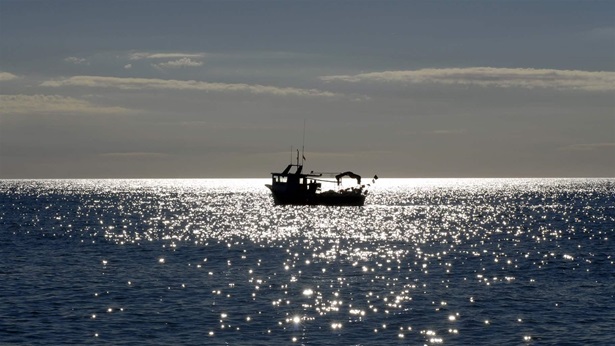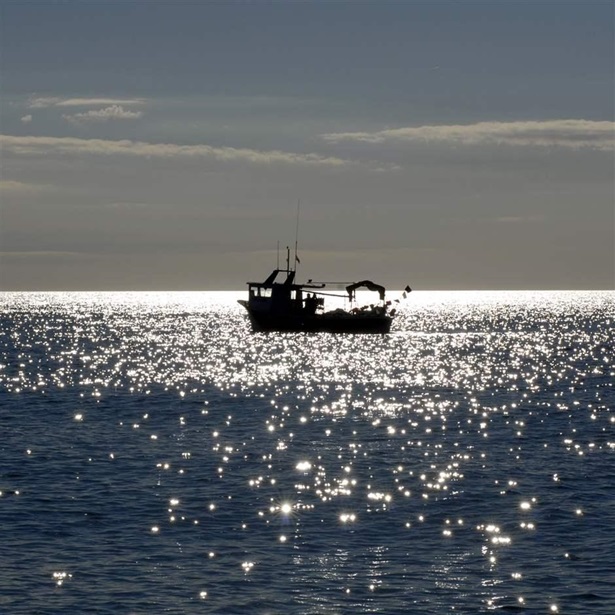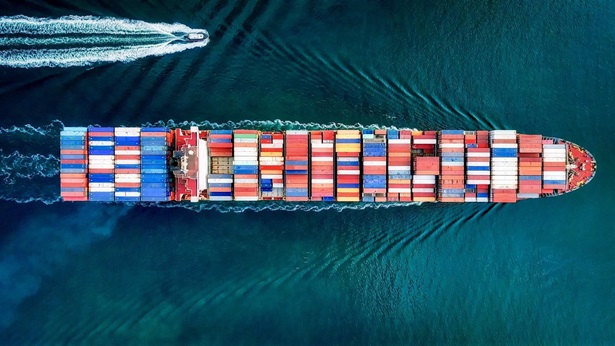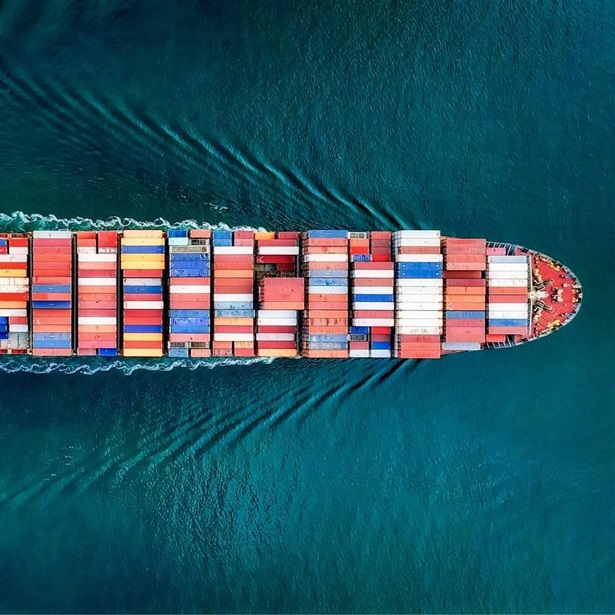Seafood Retailer Engagement at Fisheries Meetings Essential to Fulfilling Sustainability Commitments
Companies should make their voices heard by participating in critical stakeholder events

With catch worth more than US $40 billion dollars per year, tuna is one of the most important species for supermarkets and other companies in the global seafood industry. So it is critical that its catch is closely monitored to help protect the sustainability of the species.
But that isn’t the case. Of the over 20,000 registered vessels catching and transporting tuna throughout the world’s ocean, only a small portion are independently monitored.
However, that may soon change. Retailers are hearing from their customers that the sustainability of the fish they buy is more important than ever. To ensure greater transparency, which can lead to more sustainable management of tuna species, retailers can—and should—become more active in calls for increased oversight and data collection on the vessels bringing tuna to the market.
In June, Walmart, one of the world’s largest global retailers, committed to improving transparency in the data collection of its tuna supply chain and will soon source exclusively from vessels with 100% observer coverage, through either human observers or electronic monitoring (EM), which uses cameras and sensors to collect information on fishing activity. This level of commitment to transparent, well-managed tuna fisheries is commendable, and while some retailers have made similar calls for transparency, more should do the same.
Making a commitment to 100% observer coverage in tuna supply chains is an important first step. But to ensure that there is sufficient product to meet consumers’ needs while also fulfilling this transparency pledge, retailers should get more involved in the policy process, letting government officials and fishing companies know that sustainability is a priority for the buyers.
Direct engagement with regional fisheries management organizations (RFMOs) is one way for retailers to do that. RFMOs govern most of the world’s shared commercial fisheries and regulate both the amount of fish caught and how they are caught. By advocating for region-wide EM programs, market members can help ensure that all vessels fishing for tuna will have the tools and rules available to easily collect data on their catch and operations and share that information with government regulators and the companies that buy their fish. That can help retailers meet their commitments to consumers.
Public pressure is already starting to pay off. In the Indian Ocean, where retailers have warned that continued overfishing of yellowfin tuna could affect their buying decisions, governments recently agreed to the world’s first EM standards, which will allow fishing vessels to use cameras and sensors to collect data required by regulators. Similar discussions are underway among Atlantic and Pacific ocean fishery managers, and retailers should advocate for RFMOs in those regions to adopt and implement EM programs that include standards and pathways for improving and increasing observer coverage.
Companies buying and selling seafood directly benefit from healthy tuna stocks. As such, they bear responsibility for ensuring that fisheries are well managed and that vessels are capturing and reporting accurate and transparent data. Through their purchasing practices, sourcing commitments and advocacy actions at RFMOs, businesses can help protect the long-term health and stability of global tuna stocks and ocean ecosystems.
Major retailers committing to increased transparency and data collection can help profoundly improve practices throughout the seafood supply chain, which in turn will promote the health of the ocean and fisheries globally. This will pay dividends to those companies—and seafood consumers worldwide—for a long time to come.
Jamie Gibbon is a manager and Katy Hladki is a senior officer working on Pew’s international fisheries project.
MORE FROM PEW
Explore Pew’s new and improved
Fiscal 50 interactive
Your state's stats are more accessible than ever with our new and improved Fiscal 50 interactive:
- Maps, trends, and customizable charts
- 50-state rankings
- Analysis of what it all means
- Shareable graphics and downloadable data
- Proven fiscal policy strategies
Welcome to the new Fiscal 50
Key changes include:
- State pages that help you keep track of trends in your home state and provide national and regional context.
- Interactive indicator pages with highly customizable and shareable data visualizations.
- A Budget Threads feature that offers Pew’s read on the latest state fiscal news.


















